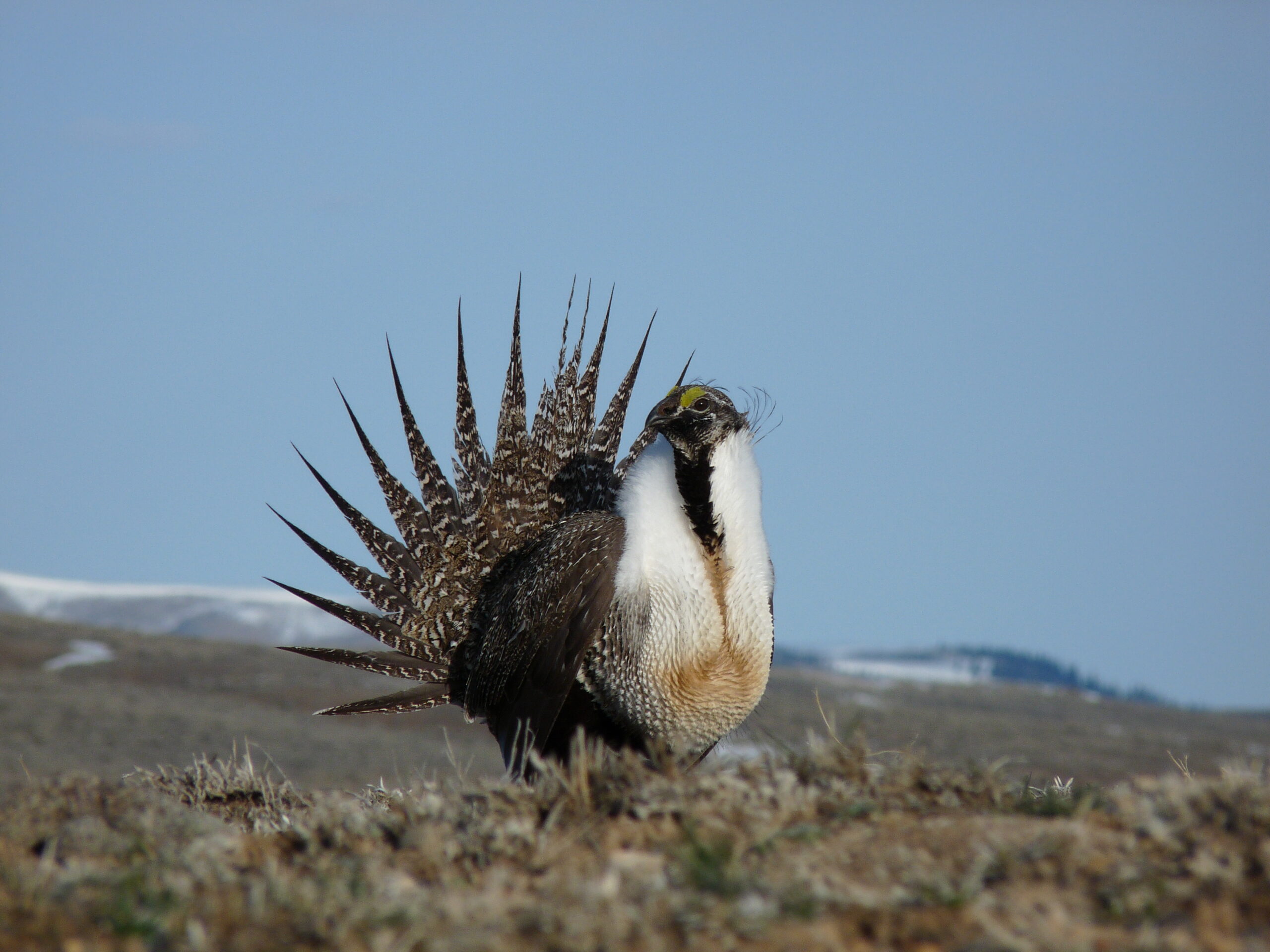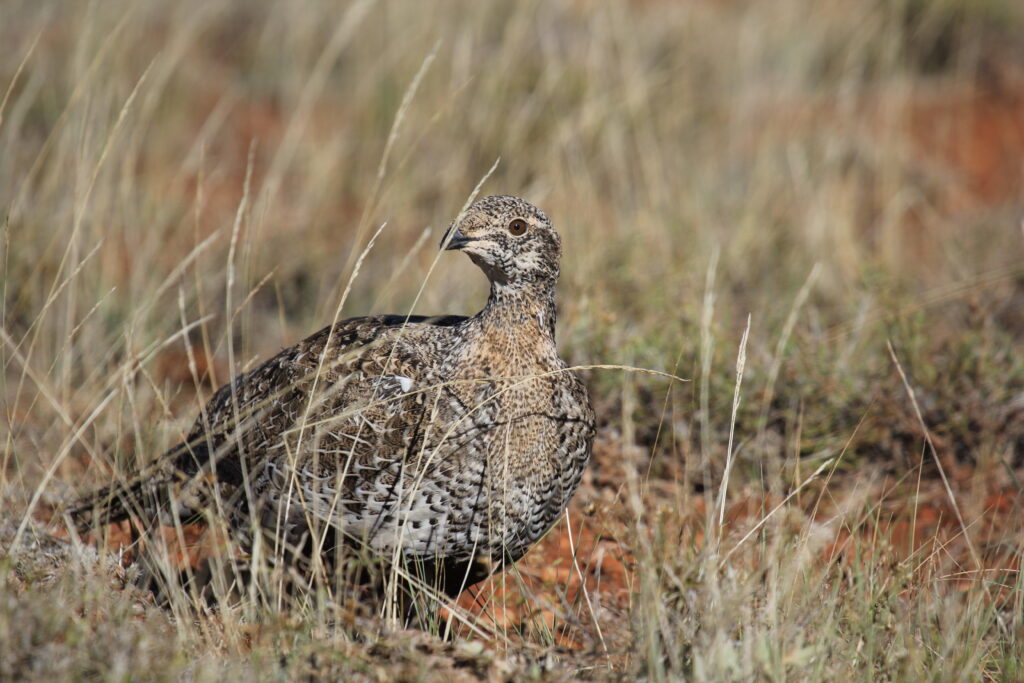WANE class spotlights Greater Sage-Grouse

Eagle Mountain City invites community members to its monthly Wildlife and Nature Education (WANE) class held on the third Wednesday of every month, including Wednesday, April 16 at Eagle Mountain City Hall.
This month’s session will delve into the greater Sage-Grouse and the conservation efforts aimed at preserving its habitat.
Leading the discussion is Todd Black, City wildlife biologist, who has spent over 25 years of researching the greater sage-grouse. Black’ knowledge offers attendees a deep dive into the life and challenges of this remarkable species.
“These one of my favorite birds, they are one of the largest birds we have in North America,” says Black. “It’s fund to watch them this time of year as they strut on the lek.”
The Greater Sage-Grouse, native to the sagebrush ecosystems of the American West, has experienced significant population declines over the past several decades.
According to the U.S. Geological Survey, their numbers have plummeted by approximately 80% since 1965. This decline is primarily attributed to habitat loss due to development and conversion to agriculture, fragmentation, and other environmental pressures like energy development.
While the U.S. Fish and Wildlife Service determined in 2015 that the Greater Sage-Grouse did not warrant listing under the Endangered Species Act, ongoing conservation efforts remain crucial to prevent further declines.
Historically, Cedar Valley was home to a population of sage-grouse. However, due to increased development and habitat disruption, these birds have vanished from the area.
Currently, nearby Vernon hosts a remaining population, underscoring the importance of localized conservation initiatives to protect and restore suitable habitats.
“The Vernon population is feeling the pressure of habitat loss and change as well. Much has been done out there to translocate grouse from other thriving populations in the state in efforts to boost the population and increase genetic heterogeneity” says Black.
Across the western United States, numerous conservation strategies are being implemented to support sage-grouse populations. These include predator management, habitat restoration, and collaborative efforts between federal agencies, local communities, and private landowners.
For instance, the Sage Grouse Initiative implemented by the Natural Resource Conservation Service (NRCS) focuses on enhancing sagebrush ecosystems, benefiting not only the sage-grouse but also other species dependent on this habitat.
In areas affected by wildfires, restoration efforts involve replanting sagebrush to accelerate habitat recovery, which is vital for the sage-grouse’s survival.
One of the most intriguing aspects of the Greater Sage-Grouse is its mating ritual.
Each spring, males gather on communal breeding grounds known as “leks”—a term derived from a Swedish word meaning “mating place.”
Here, the males perform their courtship display: puffing out their chests, fanning their tail feathers and producing distinctive popping sounds to attract females.
“Watching these grouse strut on the lek is one of my favorite passtimes,” says Black. “It’s just like being in Jr. High all over again, all the boys trying to look their best to impress the girls.”
Complementing the WANE class, a field tour is planned to observe the sage-grouse’s mating dance firsthand.
This excursion, which will take place Saturday, April 19, offers participants a rare opportunity to witness the birds in their natural setting. The number of visitors will be capped at 10 people. Get in touch with Todd at tblack@eaglemountin.gov if you’d like to attend.
